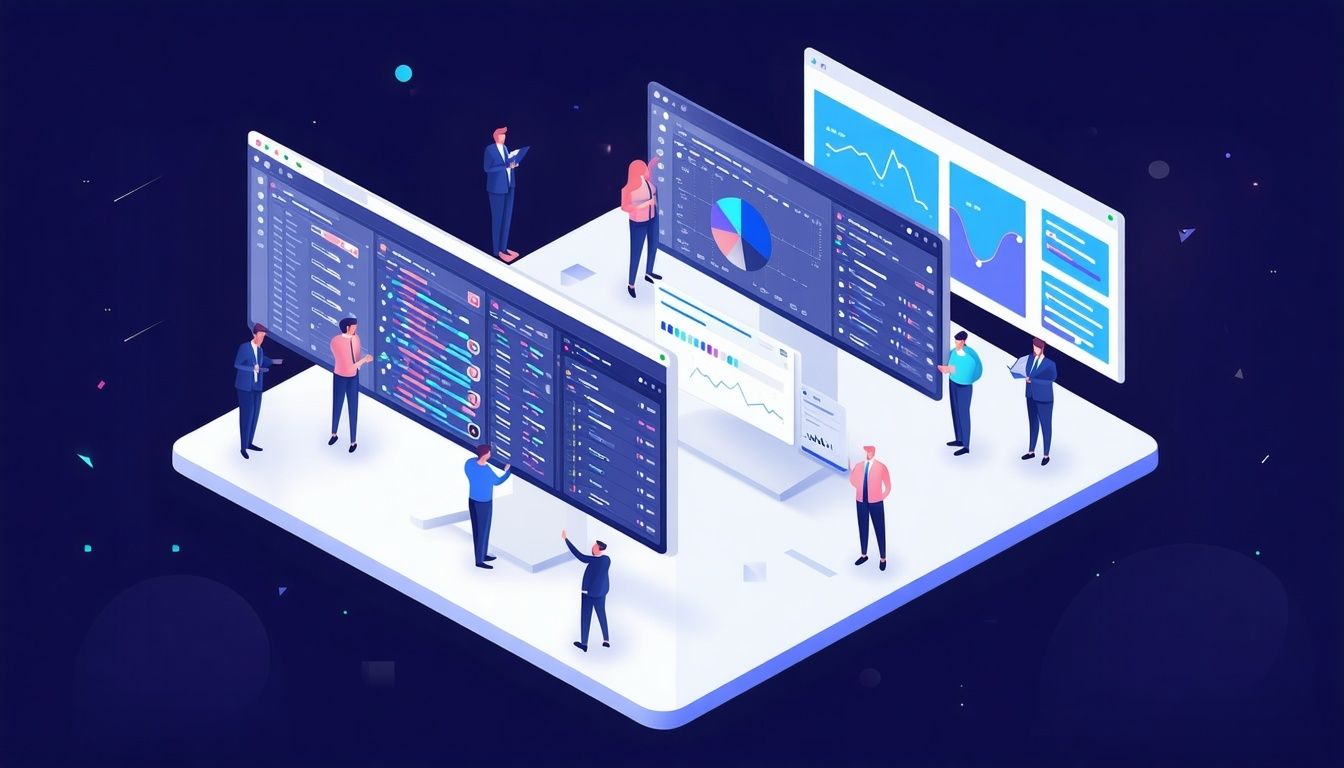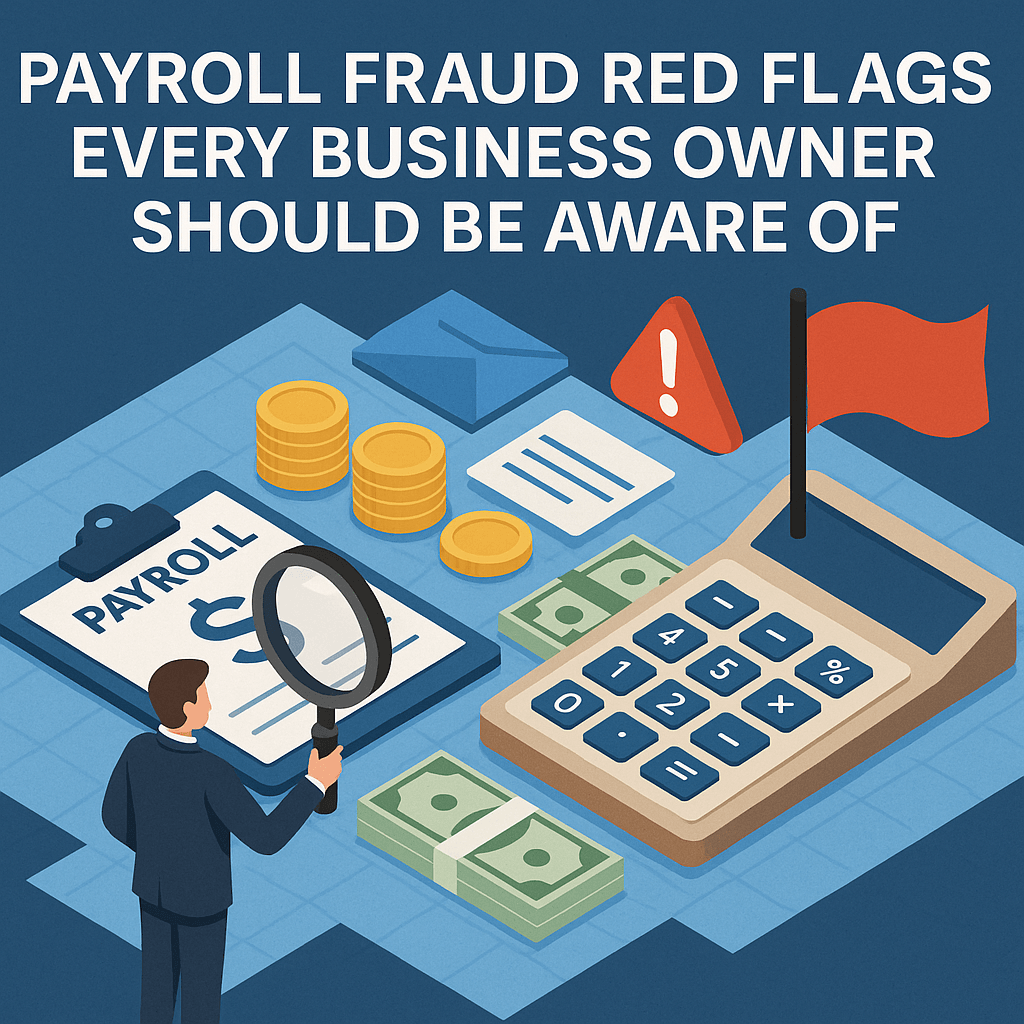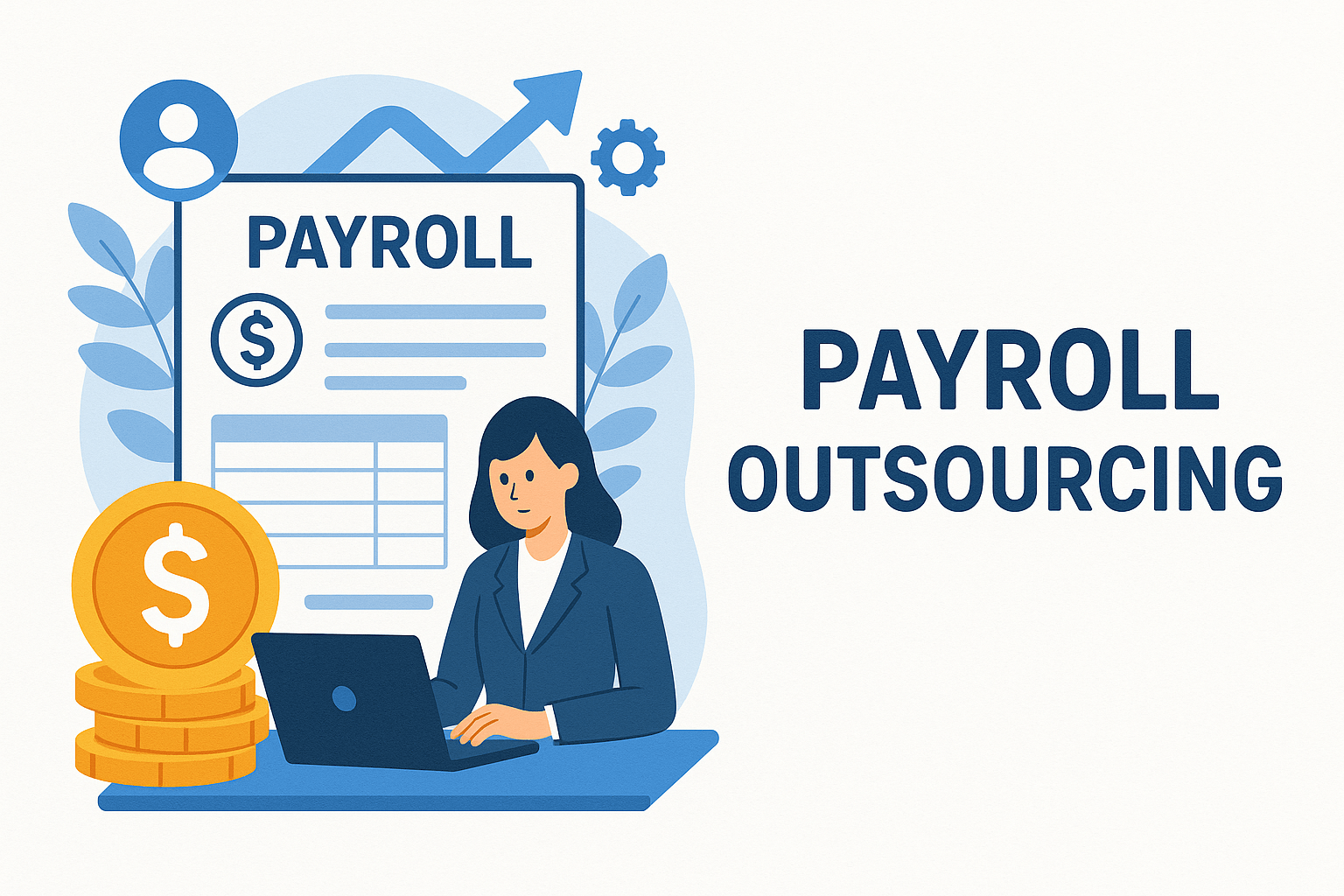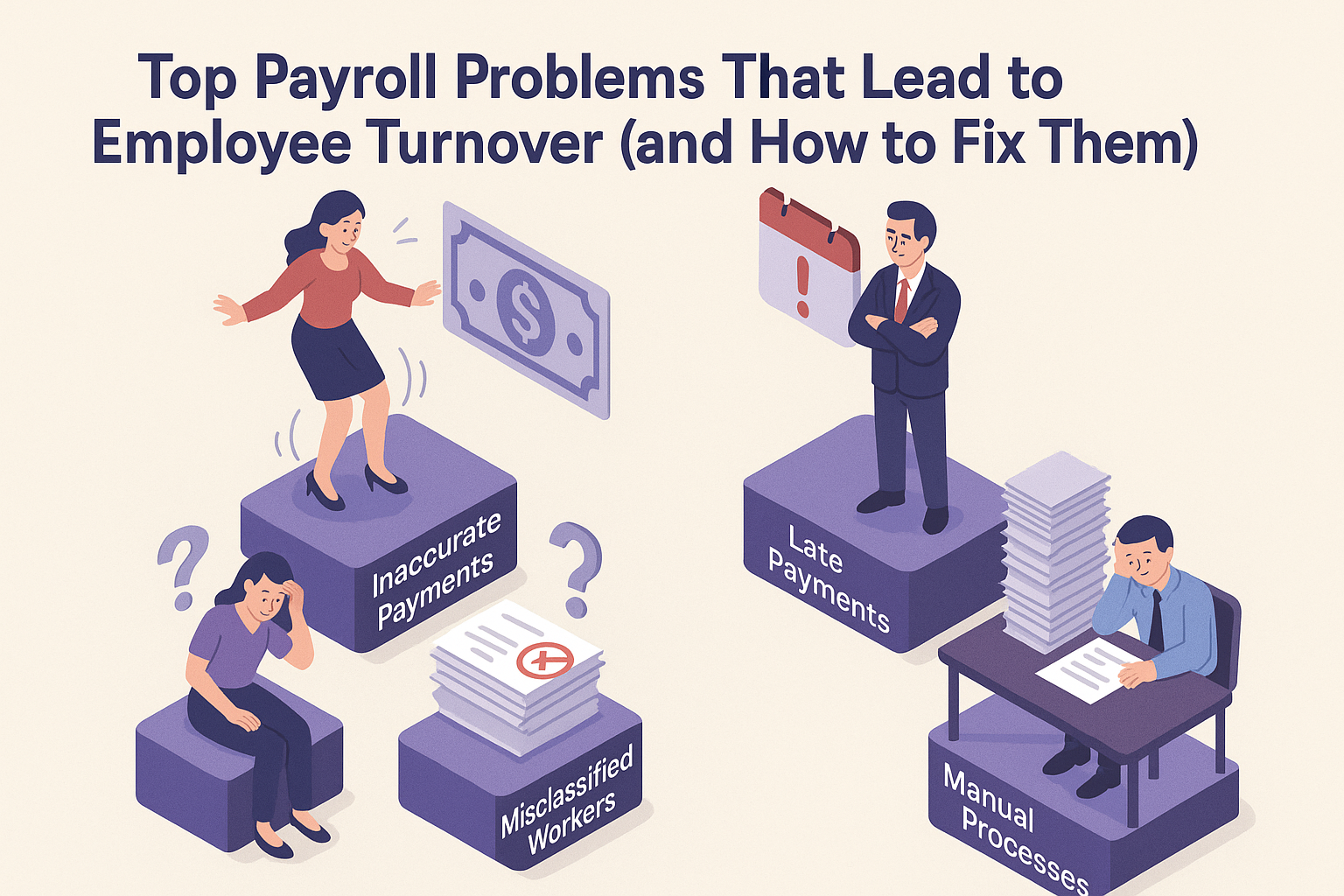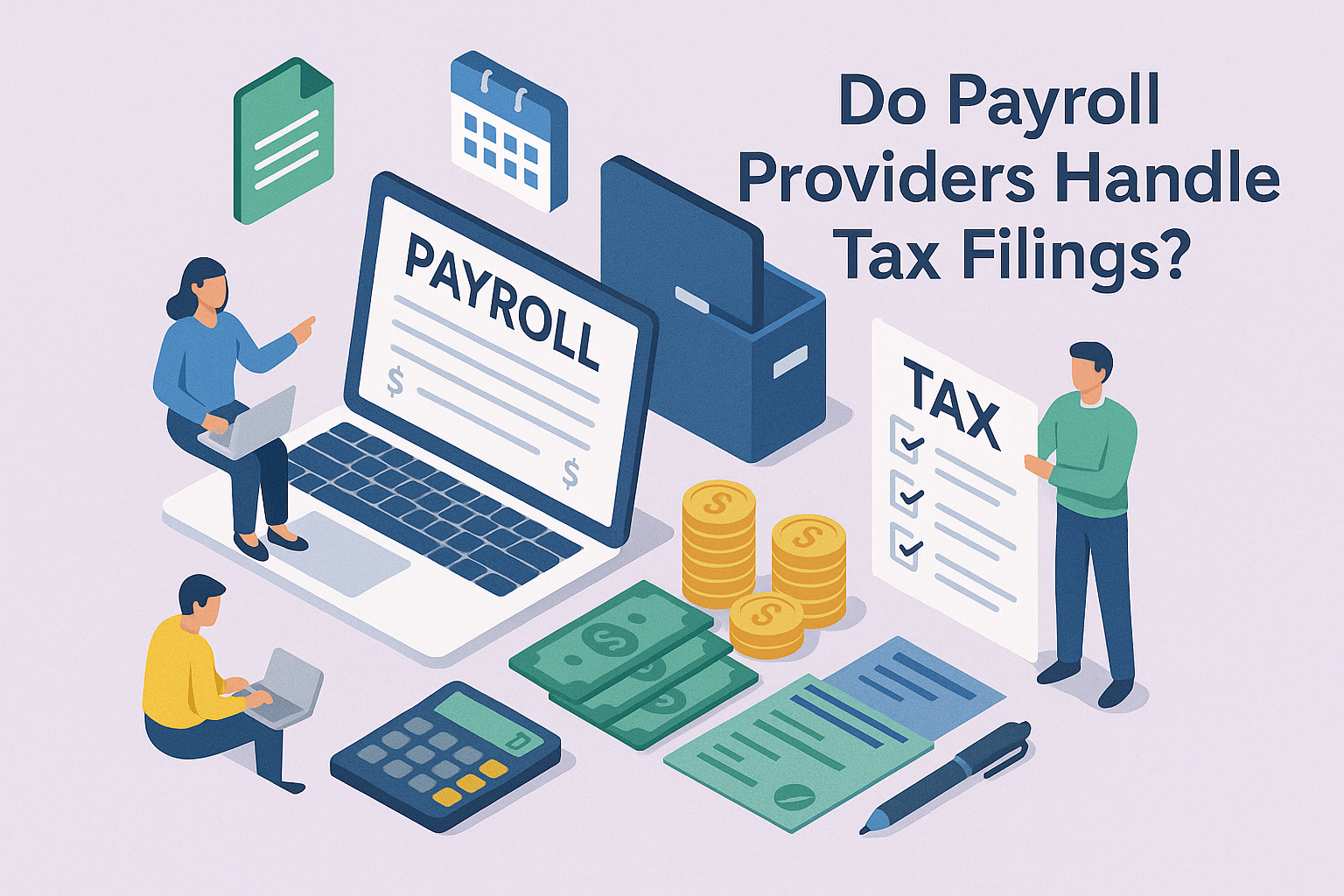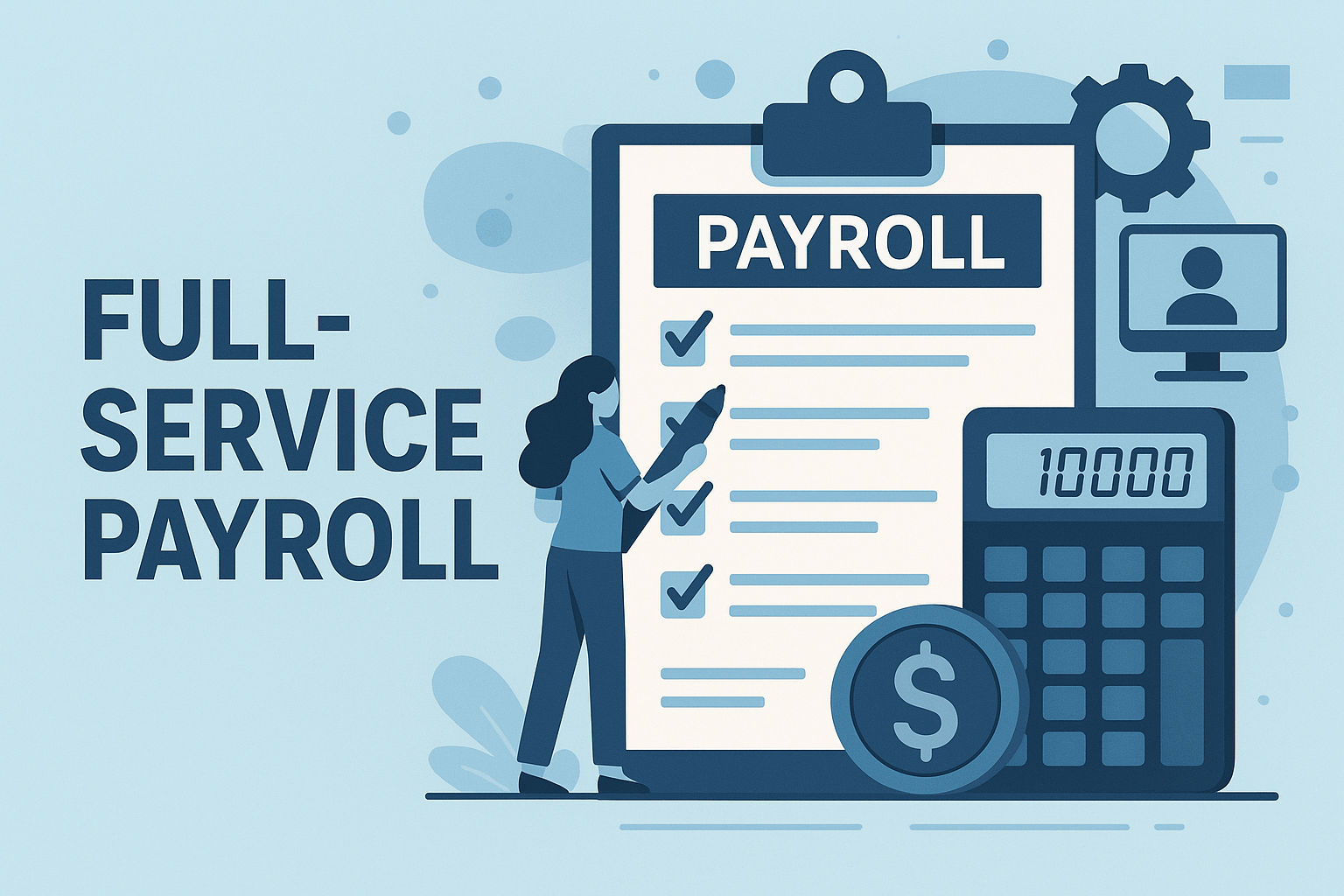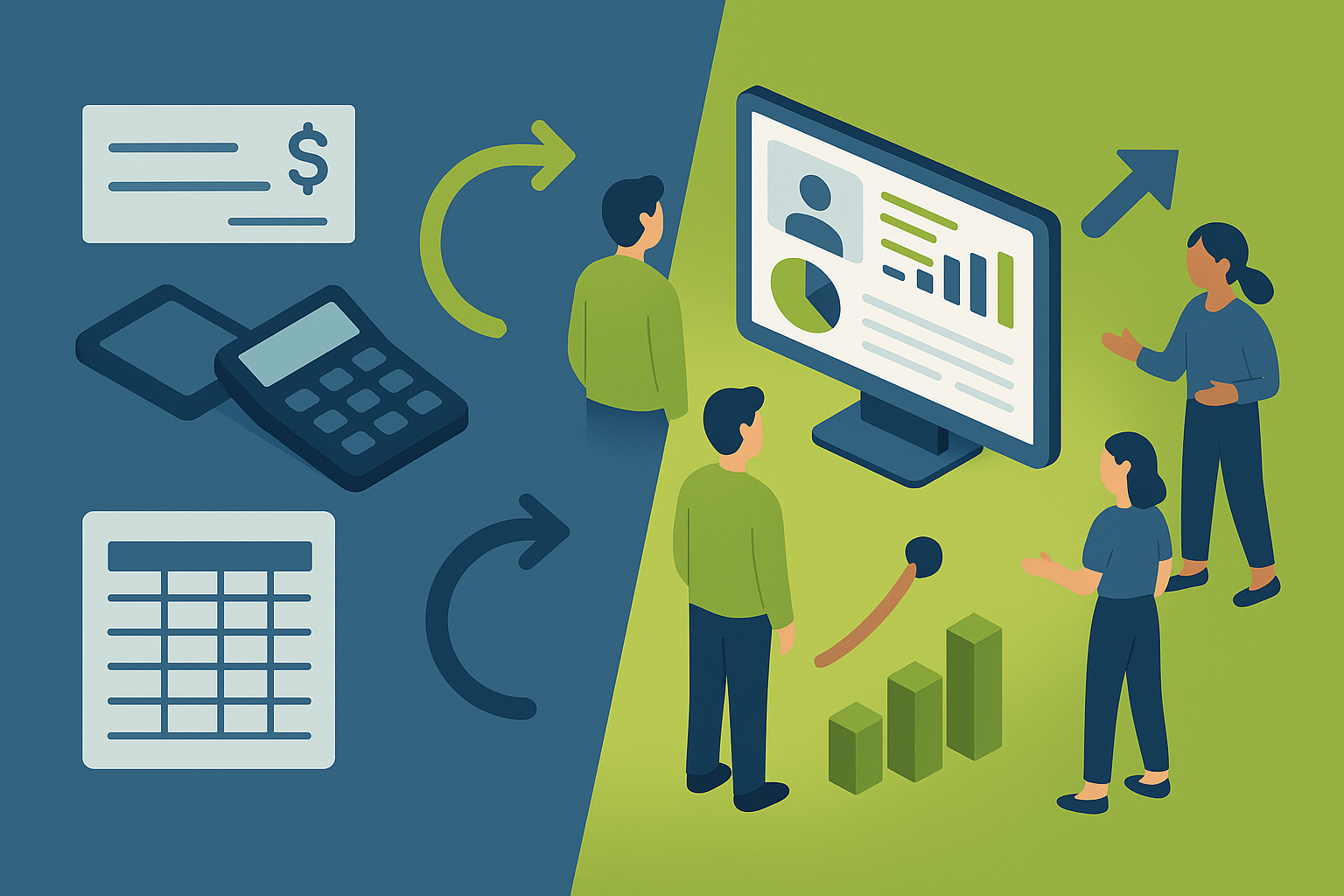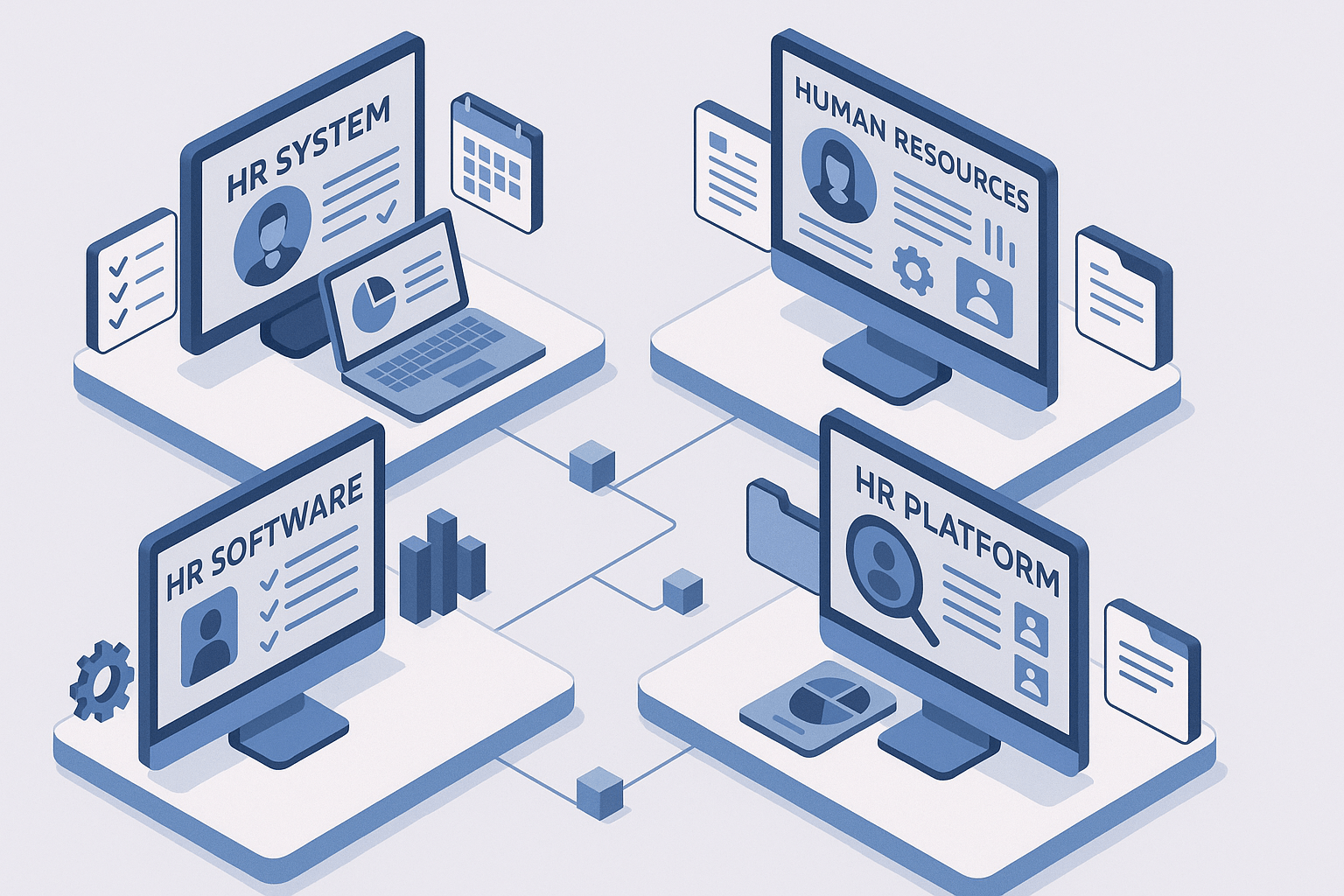Key Performance Indicators (KPIs): How to Identify, Track, Measure
October 2nd, 2024
5 min read
.jpeg?width=1344&height=768&name=An%20extensive%20blog%20post%20detailing%20the%20importance%20of%20Key%20Performance%20Indicators%20KPIs%20in%20various%20business%20departments%20and%20how%20they%20can%20drive%20organization(1).jpeg)
In today's data-driven business landscape, understanding and utilizing Key Performance Indicators (KPIs) is crucial for achieving organizational success. KPIs are not just numbers on a spreadsheet; they are powerful tools that provide actionable insights into various aspects of your business, from sales and marketing to customer service and human resources.
At Lift HCM, we’ve seen firsthand how the right KPIs can transform businesses. With our extensive experience in helping organizations track, measure, and analyze KPIs across all departments, we empower companies to make data-driven decisions that enhance performance and drive growth. Our expertise in human capital management, combined with cutting-edge technology solutions, allows us to provide tailored insights that align with your specific business goals.
This blog post will delve into the definition of KPIs, explore their importance, and provide practical examples to help you effectively measure and enhance your company's performance. Whether you're a seasoned executive or a budding entrepreneur, mastering KPIs can be the key to unlocking your business's full potential.
Table of Contents
- What are KPIs and Why Do They Matter?
- KPI vs. Metrics: What’s the Difference?
- What Makes a Good KPI?
- 6 Common Types of KPIs
- How to Track and Measure KPIs
- Achieving Business Objectives With KPIs
What are KPIs and Why Do They Matter?
Key Performance Indicators (KPIs) are specific metrics that help organizations track and measure the effectiveness of their activities in achieving strategic goals. KPIs provide data-driven insights into areas such as sales growth, customer satisfaction, operational efficiency, and employee retention. By monitoring KPIs, leaders can make informed decisions that drive business performance and align departmental initiatives with overall company goals.
For example, by tracking KPIs like employee turnover rate, time to fill, or employee engagement, you can pinpoint specific issues and implement targeted strategies to fix them. This way, you’re not just relying on intuition—you’re making data-driven decisions that can positively impact the entire organization. KPIs are essential for every department because they offer measurable ways to assess performance and identify areas for improvement.
KPI vs. Metrics: What’s the Difference?
It’s important to understand the difference between KPIs and metrics. While both provide valuable data, they serve different purposes.
-
Metrics are general measurements used to track day-to-day activities. For example, total revenue or number of website visitors are metrics that provide insights into business performance, but they don’t necessarily indicate progress toward a specific goal.
-
KPIs are specific, goal-oriented metrics that measure how effectively a company or department is meeting its strategic objectives. For example, sales growth percentage or customer satisfaction score are KPIs that directly tie to performance goals.
What Makes a Good KPI?
A well-structured KPI plan uses between five and seven metrics to gauge performance. These metrics should be SMART (Specific, Measurable, Achievable, Relevant, Time-bound), providing a focused and actionable approach to tracking progress.
- Specific: It must be clear and specific to provide direction. It should answer the "who," "what," "where," "when," and "why."
- Measurable: The KPI must be based on data that can be accurately measured and tracked.
- Achievable: The KPI should be realistic and attainable within the given resources and timeframe.
- Relevant: It must align with your department's or organization’s objectives.
- Time-bound: The KPI should have a clear timeframe for evaluation, whether that’s weekly, monthly, or quarterly.
6 Common Types of KPIs
Each department has unique goals and challenges, so the KPIs they track will vary. Here are the most common KPIs across major business functions:
1. Sales KPIs
Sales KPIs track the effectiveness of your sales strategy and how well your team is converting leads into customers. Common sales KPIs include:
- Sales Growth: Measures the increase in sales over a specific period.
- Customer Acquisition Cost (CAC): The cost of acquiring a new customer, including marketing and sales expenses.
- Lead Conversion Rate: The percentage of leads that turn into customers.
- Sales Pipeline Value: The total potential revenue from opportunities in the sales pipeline.
- Average Deal Size: The average value of closed sales deals.
2. Marketing KPIs
Marketing KPIs measure the effectiveness of campaigns, brand awareness, and customer engagement. Common marketing KPIs include:
- Return on Marketing Investment (ROMI): Measures the revenue generated from marketing activities compared to the cost.
- Lead-to-Customer Ratio: The percentage of marketing-generated leads that turn into paying customers.
- Website Traffic: The number of visitors to your website.
- Click-Through Rate (CTR): The percentage of people who clicked on an ad or marketing message.
- Customer Lifetime Value (CLV): The projected revenue a business can expect from a customer over their lifetime.
3. Customer Service KPIs
Customer service KPIs track how well your team is supporting customers and resolving issues. Common customer service KPIs include:
- Customer Satisfaction Score (CSAT): A metric that measures customer satisfaction with a product or service.
- First Response Time: The average time it takes for a customer service representative to respond to a customer inquiry.
- Net Promoter Score (NPS): Measures customer loyalty by asking customers how likely they are to recommend your company to others.
- First Contact Resolution (FCR): The percentage of customer issues that are resolved on the first interaction.
- Customer Retention Rate: The percentage of customers who stay with the company over a specific period.
4. IT KPIs
IT KPIs measure the efficiency and effectiveness of technology systems and processes. Common IT KPIs include:
- System Uptime: The percentage of time that systems and networks are operational.
- Mean Time to Resolve (MTTR): The average time it takes to resolve IT issues or system outages.
- Cost per Support Ticket: The average cost of resolving a customer or internal support issue.
- IT ROI: Measures the return on investment for IT projects and initiatives.
- Project Completion Rate: The percentage of IT projects completed on time and within budget.
5. Human Resources KPIs
Human resources KPIs measure the effectiveness of employee management, recruitment, and retention. Common HR KPIs include:
- Employee Turnover Rate: The percentage of employees who leave the company within a specific period.
- Time to Fill: The average time it takes to hire for an open position.
- Employee Engagement: A measure of how emotionally invested employees are in their work.
- Training ROI: Compares the cost of employee training with the benefits gained, such as higher productivity or lower turnover.
- Diversity Rate: Tracks the inclusivity of your workforce across gender, race, and age.
6. Finance KPIs
Finance KPIs monitor the financial health of your organization. Common finance KPIs include:
- Net Profit Margin: The percentage of revenue remaining after all expenses have been deducted.
- Gross Margin: The percentage of total revenue retained after accounting for direct costs.
- Return on Assets (ROA): A measure of how efficiently a company uses its assets to generate profit.
- Accounts Receivable Turnover: The number of times per year that a business collects its average accounts receivable.
- Debt to Equity Ratio: The ratio of total debt to shareholders’ equity, indicating financial leverage.
How to Track and Measure KPIs
Once you’ve identified which KPIs are most important to your organization, the next step is measuring and analyzing them. Here’s how to do it:
-
Systematic Data Collection
Use HR software to automate data collection for metrics like attendance, turnover, and employee engagement. This ensures accuracy and saves time. - Automated Reporting
Many Human Resources Information System (HRIS) can generate automated reports on a weekly or monthly basis. These reports give you a consistent view of how your HR team is performing against your set KPIs. -
Trend Analysis and Predictive Modeling
Analyze how KPIs change over time and use predictive modeling to forecast future trends. For instance, if employee engagement drops, it could signal potential turnover issues in the near future. -
Establish Benchmarks
Benchmark your key performance indicators (KPIs) against industry standards to identify areas for improvement. For example, if your time-to-fill is significantly longer than the industry average of 30 days, consider implementing an applicant tracking system (ATS) to streamline your hiring process.
💡 Did You Know? The Society for Human Resource Management (SHRM) reports that the average time to fill a position in the U.S. is 42 days, while top-performing companies reduce this to under 30 days.
-
Leverage Dashboards
Use dashboards to visualize key metrics in real time. This gives HR leaders a snapshot of performance and highlights areas needing attention. -
Implement Feedback Loops
Use surveys, focus groups, and exit interviews to continuously gather feedback and adjust your strategies based on real-world insights.
Achieving Business Objectives With KPIs
In this blog, we have highlighted the critical role that KPIs play in driving a businesses success. By understanding and effectively utilizing KPIs, organizations can gain valuable insights into their operations, make informed decisions, and align their strategies with overarching business goals.
At Lift HCM, we are committed to helping you harness the power of KPIs to transform your business. Ready to unlock the full potential of your business? Contact us today to learn more about how Lift HCM can elevate your business strategy and drive tangible results that drive success!
Caitlin Kapolas is a results-driven professional with a strong background in account management and retail. She is dedicated to improving client experiences and building lasting relationships. Caitlin excels in identifying client needs, resolving issues, and implementing customized solutions that drive value. Her effective communication skills ensure high client satisfaction and loyalty, making her a trusted advisor and partner in meeting client needs with precision and professionalism.
Topics:




.png?width=1536&height=1024&name=Create%20a%20background%20that%20reads%2c%20How%20Long%20to%20Keep%20P%20(1).png)


